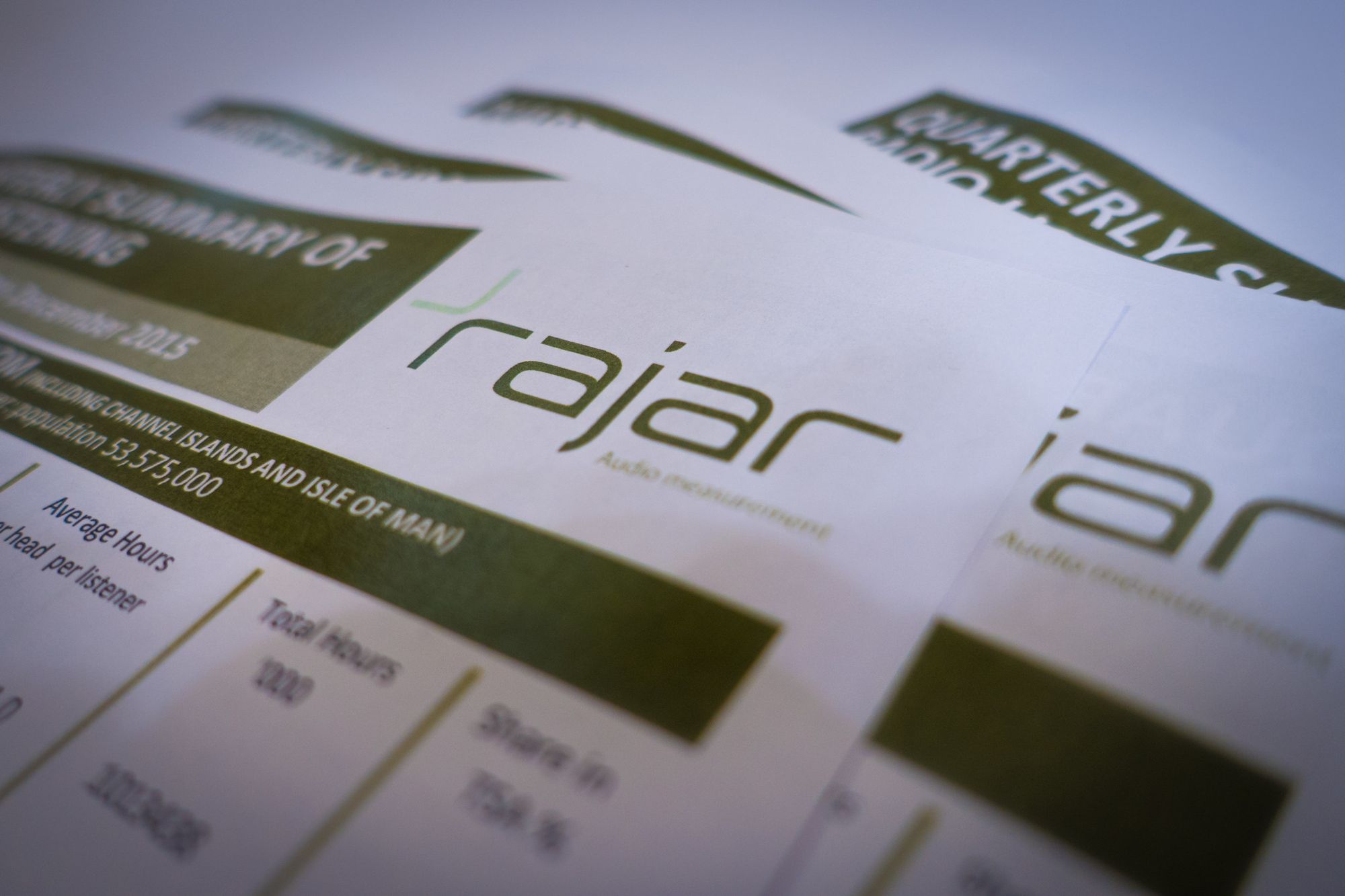In the fast-paced world of commercial radio, staying ahead of the curve is crucial for success. This is where RAJAR comes into play, standing as a beacon of insight and guidance for radio broadcasters and advertisers alike. In this blog post, we delve into what RAJAR is, its significance, and how it can help shape the landscape of commercial radio.
What is RAJAR?
RAJAR, an acronym for Radio Joint Audience Research, is a UK-based organization tasked with measuring radio audiences' behavior and preferences. Its primary function is to provide accurate and comprehensive audience measurement data to radio stations and advertisers. Established in 1992, RAJAR employs a robust methodology to collect and analyze radio listening habits across the United Kingdom.
How Does RAJAR Work?
RAJAR employs a combination of methodologies to gather data on radio listenership. The organization distributes diaries to a sample of participants, who record their radio listening habits over a specified period. Additionally, RAJAR utilizes electronic meters that capture real-time listening data in select markets. By amalgamating these methodologies, RAJAR creates a comprehensive overview of radio consumption habits, including demographic breakdowns and regional variations.
The Significance of RAJAR for Commercial Radio
For commercial radio stations, understanding their audience is paramount for crafting engaging content and attracting advertisers. RAJAR provides invaluable insights into listenership trends, enabling stations to tailor their programming to meet audience preferences effectively. By identifying peak listening times, popular genres, and demographic profiles, stations can optimize their schedules and content offerings to maximize audience engagement and loyalty.
Furthermore, RAJAR data serves as a currency in the advertising industry. Advertisers rely on RAJAR's audience metrics to make informed decisions about where to allocate their advertising budgets. Stations with robust RAJAR ratings can leverage their audience reach to attract premium advertisers, thereby driving revenue and sustaining long-term growth.
Leveraging RAJAR Data for Success
To harness the full potential of RAJAR data, commercial radio stations must adopt a strategic approach to audience analysis and content development. By analyzing RAJAR metrics such as reach, share, and demographic breakdowns, stations can identify areas of strength and opportunities for improvement.
Moreover, integrating audience feedback and market research into programming decisions allows stations to stay responsive to evolving listener preferences. Whether it's introducing new formats, enhancing music rotations, or developing compelling on-air promotions, stations that prioritize audience engagement are poised for sustained success in the competitive radio landscape.
Conclusion
In the dynamic world of commercial radio, RAJAR stands as a cornerstone of audience measurement and insight. By providing comprehensive data on radio listenership habits, preferences, and demographics, RAJAR empowers radio stations to optimize their content offerings and attract advertisers effectively.
As technology and consumer preferences continue to evolve, the role of RAJAR in shaping the future of commercial radio remains indispensable. By embracing data-driven strategies and prioritizing audience engagement, commercial radio stations can thrive in an increasingly competitive media landscape, delivering compelling content and experiences to listeners nationwide.




